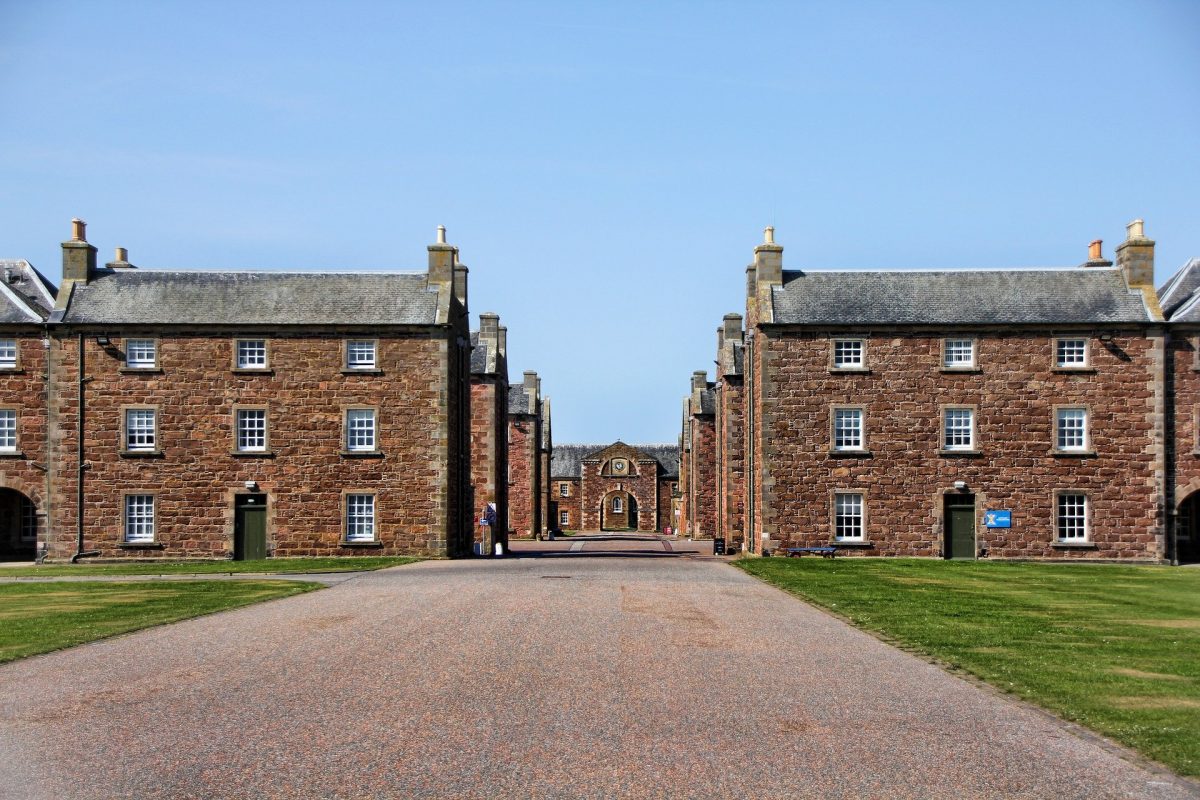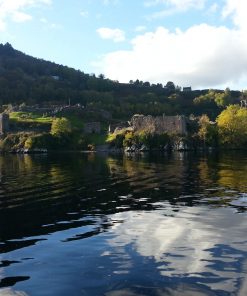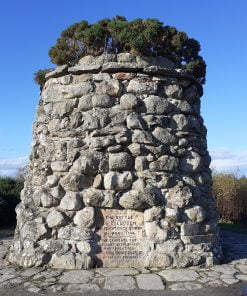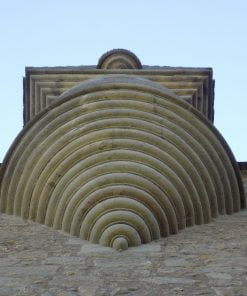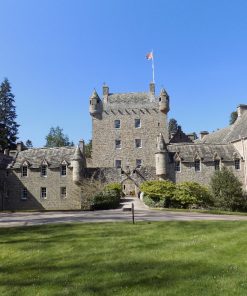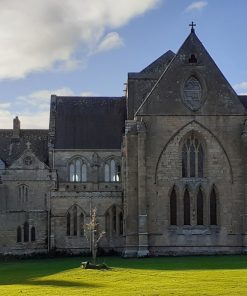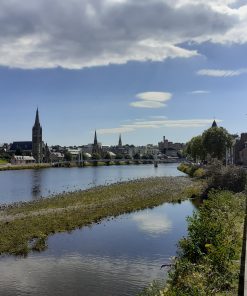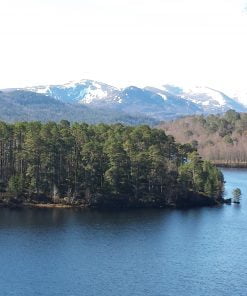Inverness Arts and Crafts
The traditions of the arts and crafts of the Highlands have deep roots. The Picts were creating stone monoliths and carving remarkable pictures and designs on them, fifteen hundred years ago. In the time since then the creative impulses of the north have exploded in a riot of painting, drawing, sculpting and making of all kinds of things. We find weavers, jewellers, potters, candle-makers, knitters, glass-blowers and others. There are many fine artists and crafters in the area, and several excellent outlets in the city.
Inverness Culture
The name Inverness comes from the Gaelic, Inbhir Nis, meaning the mouth of the River Ness. The Gaelic name reminds us that much of Inverness’ culture comes from the Gaelic or Celtic world. We can see this in the Gaelic place names in the area, and in the kilt shops for locals on the streets. We see it, too, in the range of whisky bars available and the music being played in some of the pubs and hotels. The museum has many illuminating displays, where you can even try to put on a great plaid. The oral history of the Gaels has led to a long practice of story-telling and the sharing of myth and legend. Give us the chance to show you what we mean.
Inverness & Local Area Tours – Questions
Some of the most asked questions about the Inverness Area are answered below.
When was Inverness Castle Built?
The Picts probably fortified this castle hill as much as 2,000 years ago, but there has certainly been a Royal Castle here since Malcolm III’s castle of 1057. The castle we see before us today, however, actually dates from 1836, and was built as offices and for show, rather than for defence.
When did Inverness become a city?
Inverness has enjoyed city status since 2000. In the UK only the monarch can grant city status. Queen Elizabeth agreed that granting city status would be an excellent way to mark the millenium. Several Scottish towns vied for the honour and Inverness was successful, becoming Scotland’s fifth city.
Is the Loch Ness Monster Real?
Most locals accept the idea that a beastie with so many stories is likely to be real at some level. There are many theories about what that might mean. We love discussing the Loch Ness Monster as we drive along enjoying the lochside scenery. It was actually the press, in the 1930’s that named poor Nessie a monster. Before that, the highland people just knew her as the beast, or the animal.
How big is Loch Ness?
Loch Ness is the largest lake in the country; 23 miles long by 1.5 miles wide. The loch lies in the Great Glen, a major fault line crossing Scotland. This line of shattered rocks was then ploughed out to sea by a glacier at the time of the last ice age. That is why Loch Ness now occupies a trench over 800 feet deep. This is more than enough water to hide to hide our friend, Nessie.

